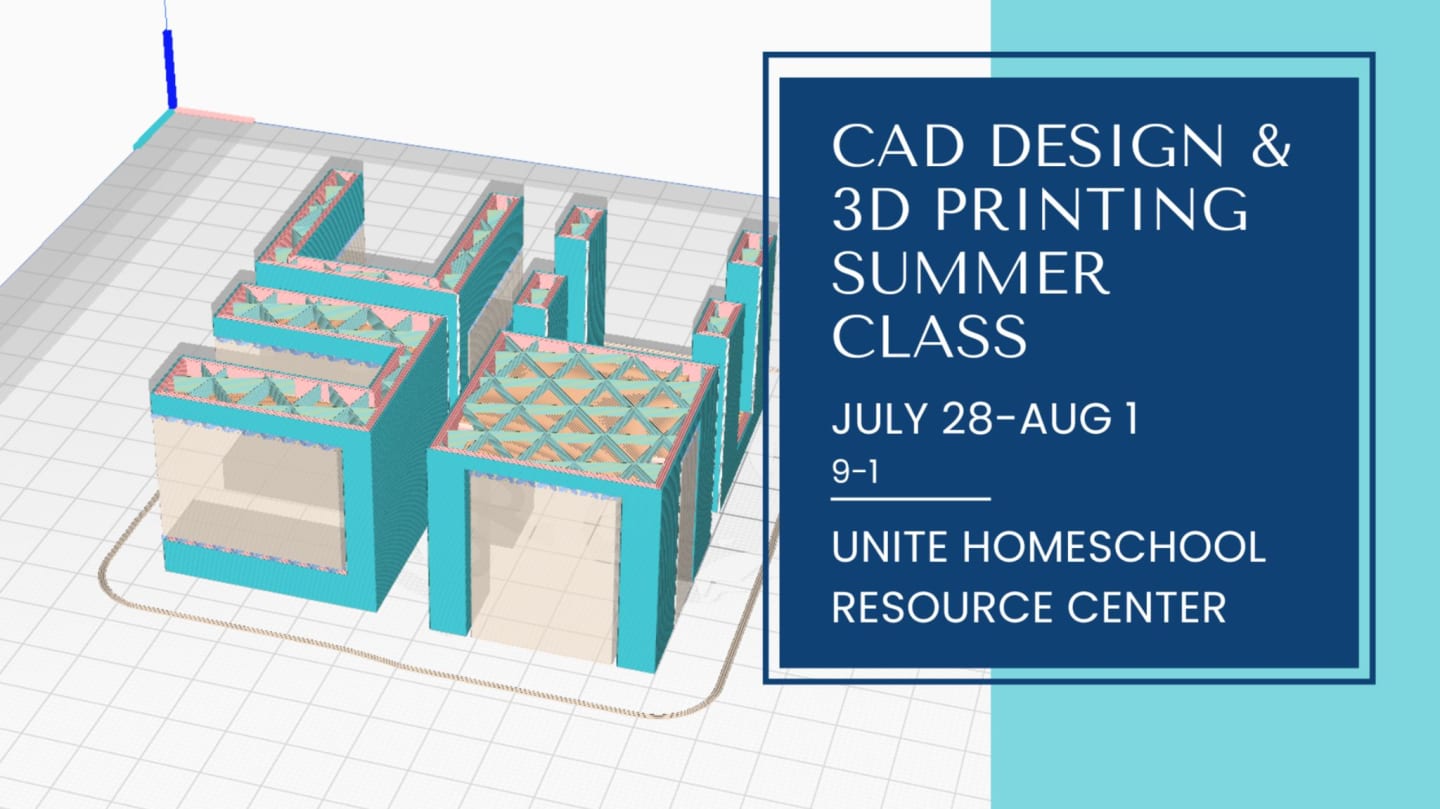Unite Homeschool

CAD Design & 3D printing class
Jul
29
Jul 29 at 1:00 AM
to Aug 1 at 5:00 PM
2499 Palm St
Canton, GA 30115, USA
This class is open to students (age 11-15) who have an interest in learning the basics of CAD design and 3D printing. This is a drop off only class.
We will be reaching out to parents to determine an optional parent assistant for some of the days. Preference will be given to parents we already have a background check on.
Students will be required to access the internet on their computers, in order to use the CAD Designer. If they wish to save their work, a personal account will be needed. (Instructions will be sent to parents ahead of time in order to allow account creation at home.)
Class meets at the Unite Homeschool Resource Center:
2499 Palm Street, Suite 400, Canton, GA (We suggest using Cherokee Flooring Center in the GPS.)
Students need to bring:
- Computer
- Snack (nut free please)
- Water bottle
Day 1: Introduction to 3d printing
Student (ages 11-15)
$200
6 left!
Borrow a Unite Computer
$25
3 left!
Did you know? We fundraise with Zeffy to ensure 100% of your purchase goes to our mission!